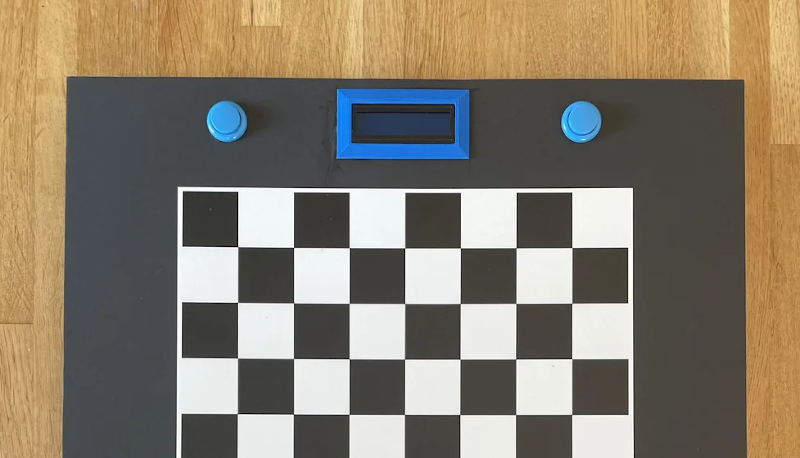If you’ve ever played chess or even checkers, you’ve probably thought about making a board that lets a computer play you without having to enter your moves and look at the board on a screen. [Greg06] not only thought about it, but he built it.
The board looks great and uses foamboard which makes it easy to reproduce. Each piece has a small magnet within and an electromagnet on an XY motion system can selectively pick up and move pieces. In addition, a reed switch under each square can tell if a square is occupied or not.
This system is pretty simple, but it is effective. After all, you know the position of the pieces at the start. So if a bishop leaves a square and a new square gets a piece, you can assume it is the bishop. There is no need to actually distinguish the pieces.
An LCD and some buttons act as a chess clock, and note if a move is illegal. The Arduino has a pretty basic chess algorithm known as Micro Max that runs on the Arduino, but we wondered if you couldn’t connect to a remote computer to get more sophisticated gameplay or even interface to the Internet to play remote humans, something we’ve seen before. You could even adapt it for other input methods.
















So it lets “a computer play you without having to enter your moves.” Tricksy it is, Preciouss!
Why multiplexed 4 x 16 to 1 analogue ??? as in why not digital 3 to 8 out and 8 to 1 in with diodes with each reed switch. or even 3 to 8 outputs and 8 uC inputs. And why analogue ???
All the same looks great and really makes a statement about “playing the computer”.
Why have all of the read switches at all? Just put one over the electro magnet and sweep it past every position, with the electro magnet off. The position that had a piece previously is where it moved from and the position that is now occupied that was not before is where it moved too.
Might take an extra few seconds but chess is not a quick game. Then you only need 1 io and you could lose most of the complexity.
Chess can be a quick game, depends what style of chess you’re playing. Besides scanning for each piece would be annoyingly noisy in addition to slow.
I would put money on that they didn’t want to solder anything they didn’t have to which is why breakout boards were used. Perhaps this is so that replication by younger people is possible or maybe they just want you to buy more parts from Sparkfun. There are lots of ways this project could be optimized.
Can it handle minor promotion ?
Where can I get one
You’ll need to build a time machine and travel back to 1983. http://www.chesscomputeruk.com/html/milton_bradley_phantom.html
There has been a contest for some years in which robotic arms are interface with a chessboard, and there are a bunch of interesting projects of home built robotic arms in that category.
A short youtube search should lead you there.
I remember being upset as a kid when I learnt that ‘computer’ chess boards like this only indicated what move the computer wanted to make, rather than moving the pieces around via magnets (etc).
(Boards like that do exist now, but I don’t think they’d have worked with 1980’s technology)
Increíble. Me encantó esto. Donde puedo comprarlo?